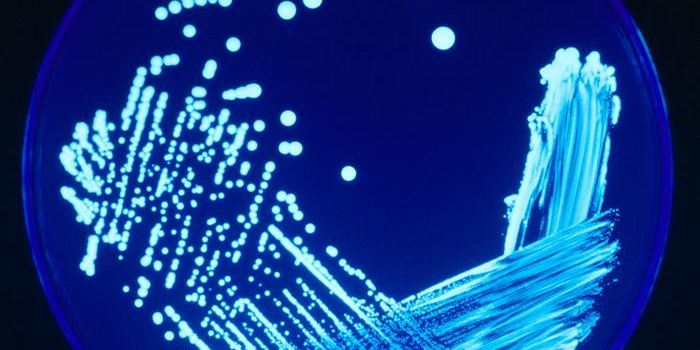When day-dreaming about your microbiome, don’t forget the viruses! The “
virome” doesn’t get much press because the viruses that live in and on us are difficult to isolate and identify. Only small amounts of viral genetic material are recovered skin swabs and, as it turns out, most of the viruses in that sample haven’t even been “discovered” yet! Researchers at the University of Pennsylvania Perelman School of Medicine ventured into the “viral dark matter” when they
investigated the human skin double-stranded DNA (dsDNA) virome.
The group sampled 8 body sites from 16 healthy people. Sites were ranked as either
sebaceous, intermittently moist, or moist, as well as occluded, intermittently occluded, or exposed. Two samples were taken from each site. One was used exclusively for virome sequencing, while the second was used to analyze the whole microbiome - bacteria, viruses, and fungi - for a side by side comparison. To sequence the virome, researchers removed cellular contaminants from the samples and isolated and sequenced dsDNA from virus like particles (VLPs).
More than 90% of the viral sequences did not match anything in existing databases - the viral “dark matter”. For those sequences that could be identified, the majority came from viruses in families
Papillomaviridae and
Poxviridae. These viruses cause cutaneous warts and chicken pox, respectively.
The metagenome analysis indicated that the dominant bacterial species were
Propionibacterium acnes, which causes acne,
Staphylococcus epidermidis, and
Staphylococcus hominis. Species from the genus
Corynebacterium were also abundant, while the dominant fungal genus was
Malassezia. This type of yeast often causes dandruff and
seborrhoeic dermatitis.
In addition to human viruses, numerous sequences from
bacteriophages were found. The majority belonged to the order
Caudovirales . These phages all contain tails attached to their viral capsids. They also found evidence of bacteriophages specific for species of
Propionibacterium,
Staphylococcus,
Pseudomonas, and
Bacillus.
So, why should you care that bacteriophages are part of the skin microbiome? Oftentimes, these viruses introduce antibiotic resistance genes and virulence factors into their bacterial hosts. In fact, the group found 29 antibiotic resistance gene groups in the virome data. The sequences were related to genes coding for antibiotic efflux pumps, as well as genes for resistance to antibiotics such as beta-lactamases and tetracycline.
Sources:
mBio, Wikipedia









